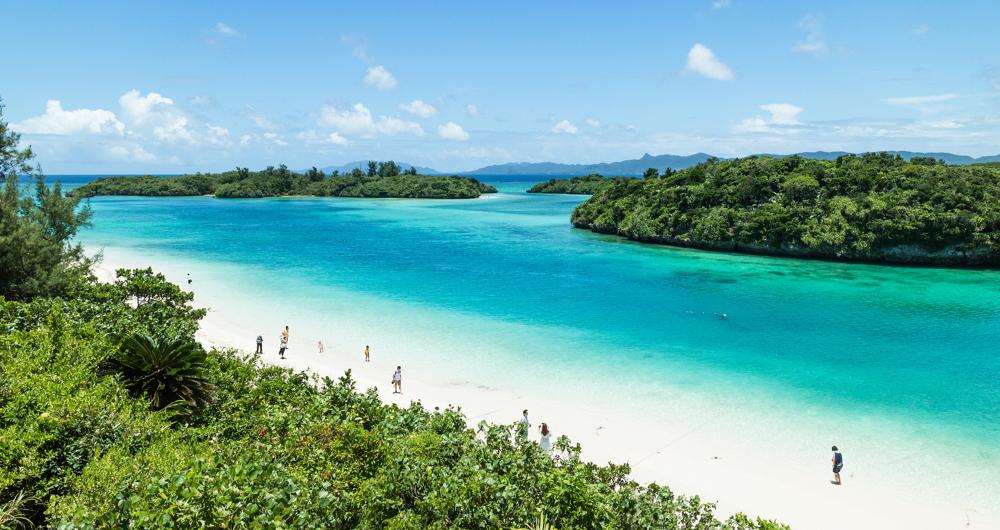In This Article
Dreaming of crystal-clear waters, soft sands, and tropical island escapes? These beautiful beaches in Japan offer everything from Okinawa’s paradise shores to scenic coastal spots near Tokyo!
If you are in a hurry, I recommend:
- Relax on the turquoise shores of Emerald Beach in Okinawa’s Ocean Expo Park.
- Snorkel vibrant coral reefs at Yonaha Maehama Beach on Miyako Island.
- Explore the golden sands and calm waters of Shirahama Beach in Wakayama Prefecture.
- Unwind on the tranquil, postcard-perfect sands of Kondoi Beach on Taketomi Island.
- Enjoy summer vibes and local eats at Zushi Beach, an easy getaway from Tokyo.
Unique Beaches in Japan:
1. Hayama-Isshiki Beach
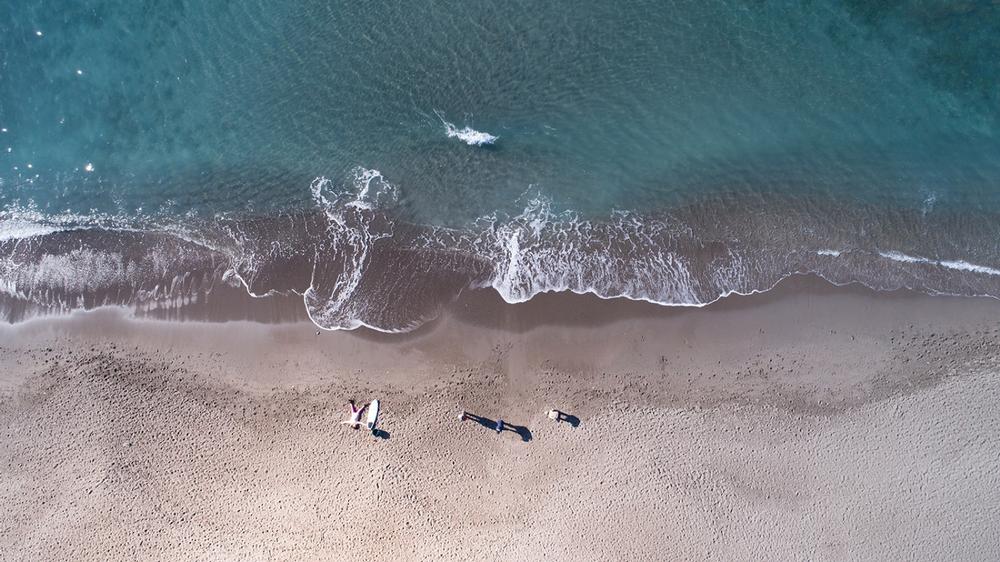
© Tomohiko Tanigawa/stock.adobe.com
Hayama-Isshiki Beach is located in Hayama and is a tranquil beach that doesn’t quite represent what many people think of when they they about beaches, such as palm trees and crystal clear waters. Isshiki Beach offers a sense of calm, security, and serenity that most other beaches, even in the surrounding area, don’t quite provide. It is an ideal beach for young families or people just wanting to relax and have a day to themselves. Isshiki Beach Hayama is known for activities like sunbathing, kayaking, windsurfing, and swimming. To reach the beach, visitors can take the the JR line to Zushi.
Kanagawa
2. Yuigahama
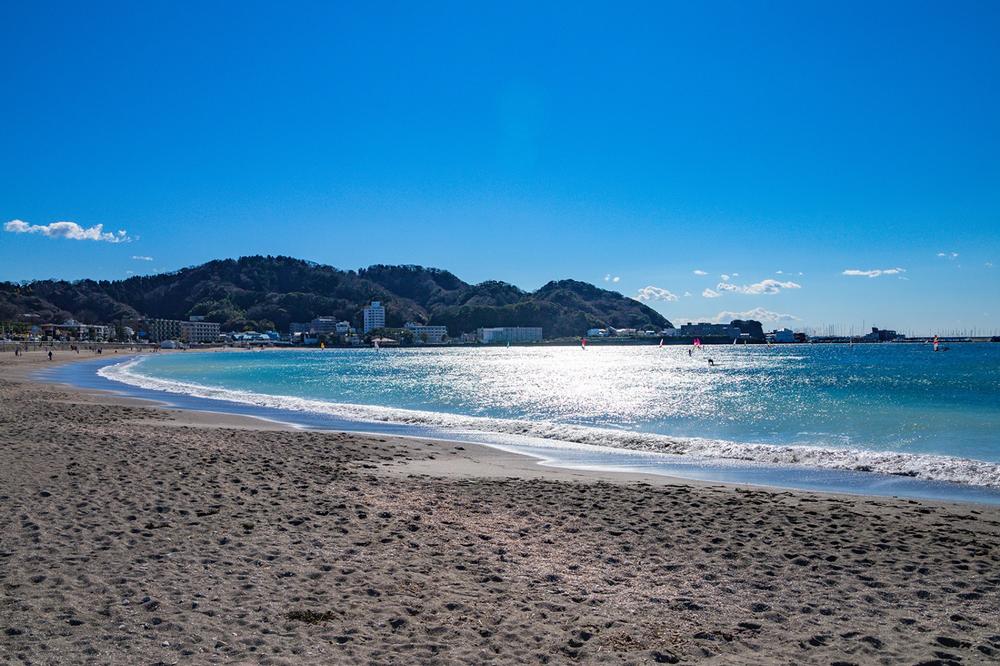
© kenstock/stock.adobe.com
Yuigahama Beach is located within the limits of Kamakura City and is a sandy beach facing towards the Sagami Bay. It has been a long-time popular spot for swimming since back during the Meiji Era, which lasted from 1868 through to 1912. Today, surfers and families often visit Yuigahama Beach. Lessons in bodyboarding and surfing are offered at the beach as well. The waters are shallow and provide soft waves. There is also usually an open-air market during the summer months with many different vendors, as well as other events. Lifeguards are typically on duty between 9:00am and 5:00pm.
Kanagawa
3. Shichirigahama
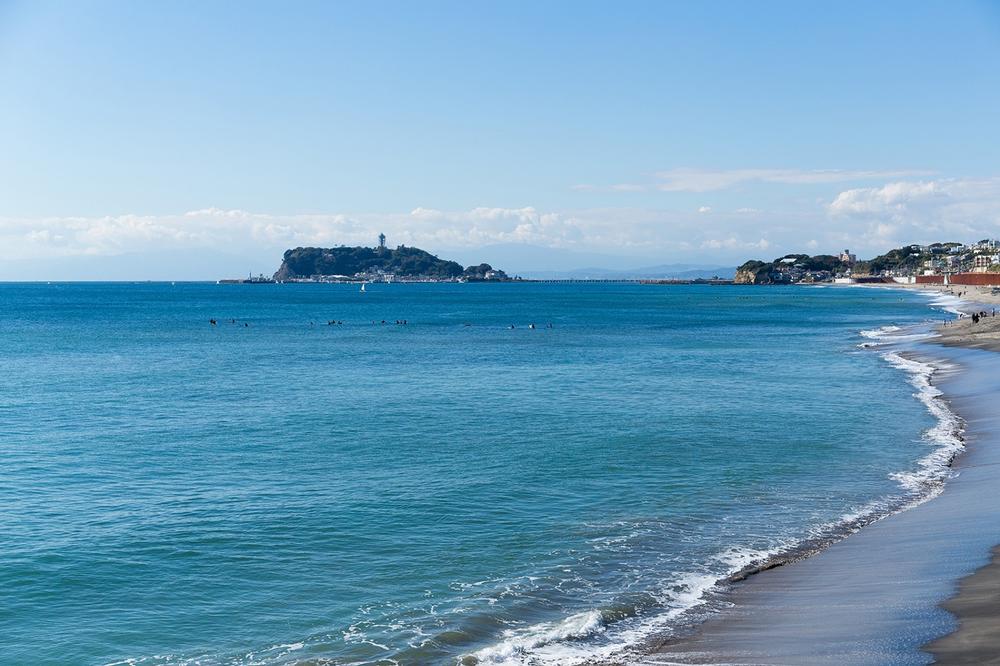
© leungchopan/stock.adobe.com
Shichirigahama Beach is located in the Kanagawa prefecture near the city of Kamakura. On a clear day, it’s possible to catch a glimpse of both Enoshima and Mount Fuji at the same time. The dark sands of the beach are fairly rich in iron ore, which help Kamakura become a center for producing knives and swords. The beach’s name, “Shichirigahama,” means “Seven Ri Beach” in English, with the word “Ri” representing a unit of measurement. The floor of the waters drops quickly, so the beach isn’t as popular with travelers, but surfers can be found during any season.
Kanagawa
Romantic Beaches in Japan:
4. Enoshima
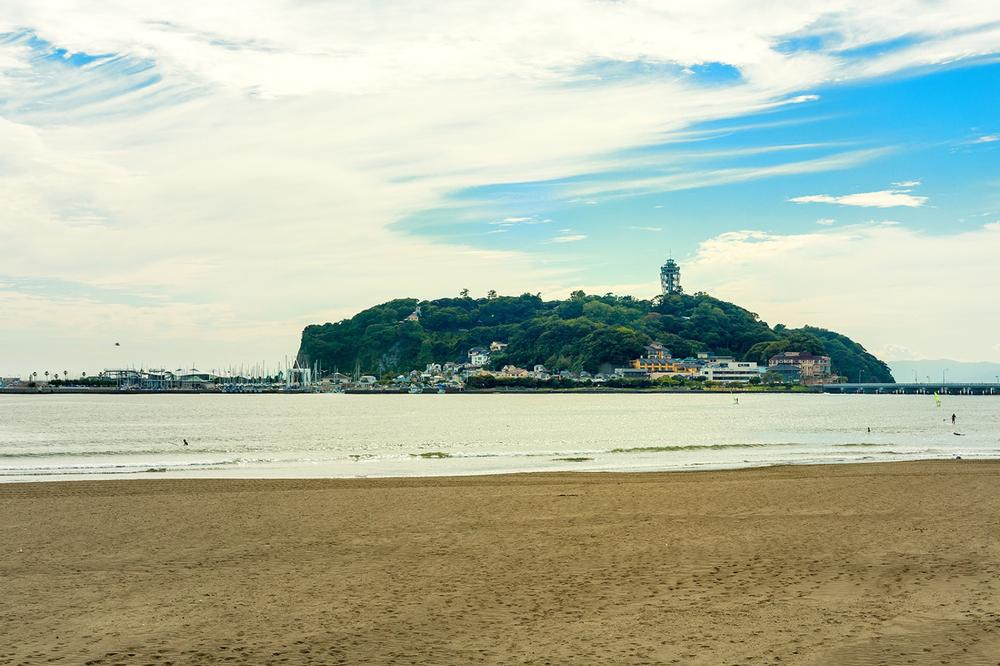
© e185rpm/stock.adobe.com
During the summer season, Enoshima is alive with activity, including day trippers, hikers, and people just wanting to escape from the city. All of this has led the coastal town to become a fairly popular destination. The beaches, however, are the main why a large number of people visit. These beaches are situated opposite of Enoshima Island on the mainland. The jewel of the beach collection is perhaps Katase Beach, which consists of Nishihama Beach on the west and Higashihama Beach on the east. Katase Higashihama Beach was one of the first western-style beaches for swimming in Japan.
5. Araihama
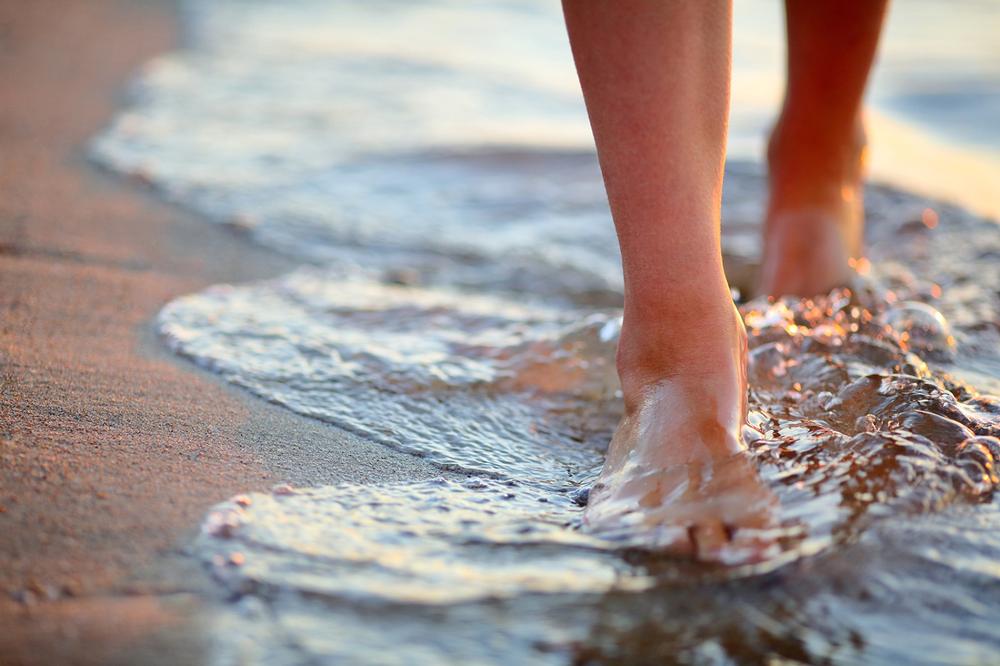
© Oleksandr Shevchenko/stock.adobe.com
Located at very southern end of Japan’s Miura Peninsula is the small beach of Araihama. Despite its size, Araihama often draws in a rather lively crowd during sunny, warm weather days for fishing, swimming, and barbecues. It isn’t too difficult for visitors to reach the beach. Visitors can take the Keikyu train line all the way until the very end at Misakiguchi and then hop aboard the regular Keikyu bus and get off at Aburatsubo. From there, it’s possible to simply follow other people often carrying inflatables and coolers to the beach. Araihama also offers view of majestic Fuji.
Kanagawa
6. Zushi Beach
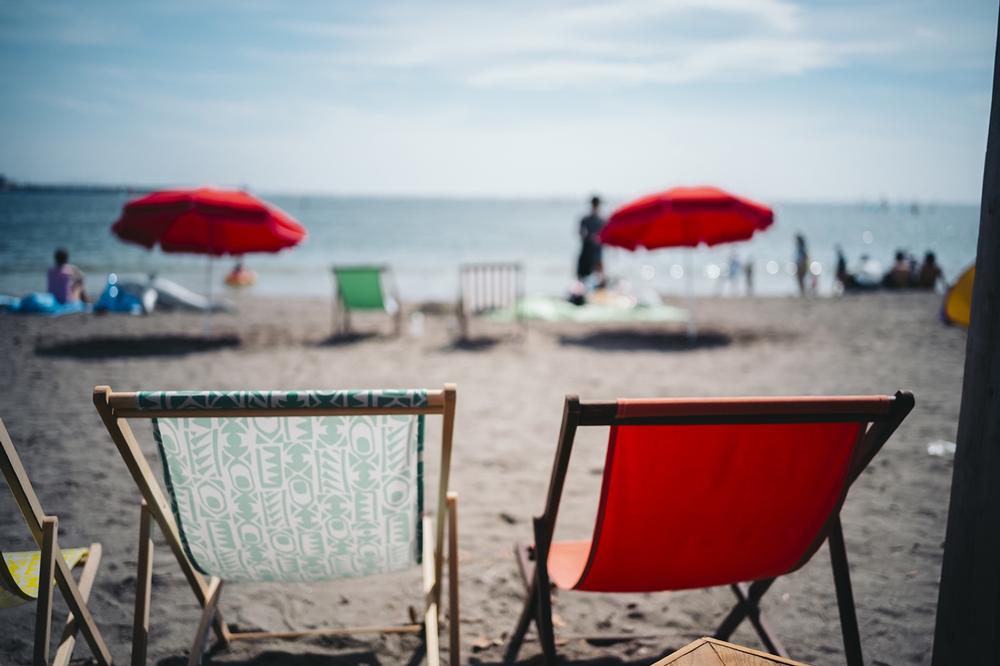
© gumichan/stock.adobe.com
Zushi Beach in the Kanagawa prefecture is a well sign-posted, short walk from the train stations in Zushi. After just a couple kilometers, visitors will be able to settle down in a good spot and enjoy the beach. Lifeguards are on duty during the summer months from 9:00am until 5:00pm, the designated swimming time at Zushi Beach. One of the highlights of the beach is that it’s possible to see Mount Fuji on a clear day off in the distance. The beach’s southern end has the best view. There are a handful of nice cafes in the town.
Kanagawa
Family Beaches in Japan:
7. Oarai Beach
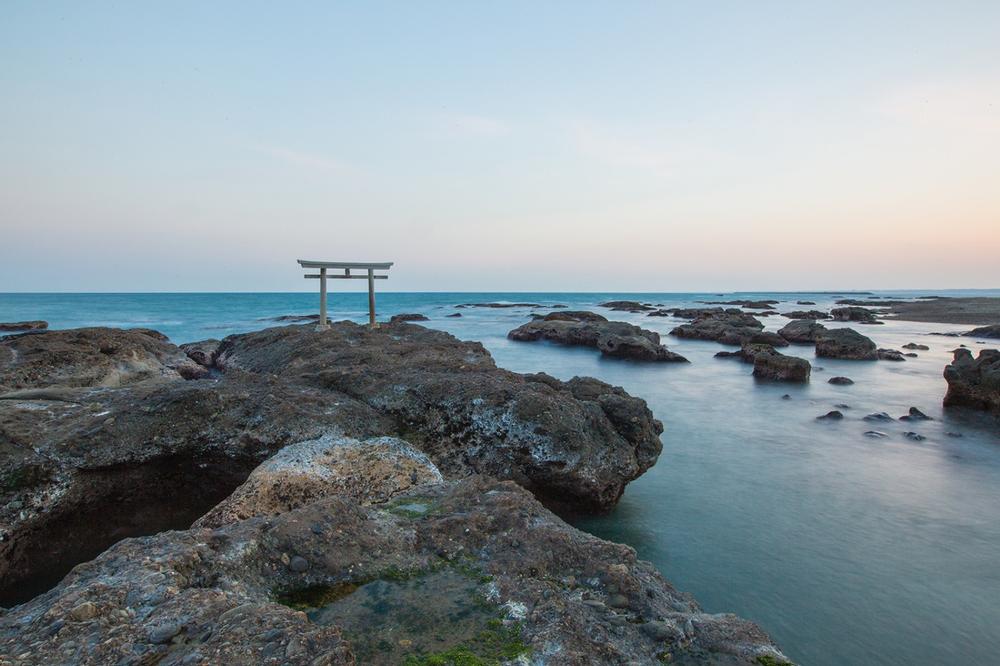
© photo3idea/stock.adobe.com
Oarai Beach is the largest beach in Japan’s Kanta area, and as such, is one of the region’s most popular beaches. It covers an extensive portion of the coastline, extending from the fishing port of Oarai down to the bluffs near the edge of town. One of the more surprising aspects of Oarai Beach is that it’s almost as deep as the beach is wide. The majority of the sandy areas a dn the shoreline are very flat, but covered by beautiful white sand. The beach’s lack of rocky outcroppings provides smooth waters for water sports and swimming.
Ibaraki
8. Onjuku Beach
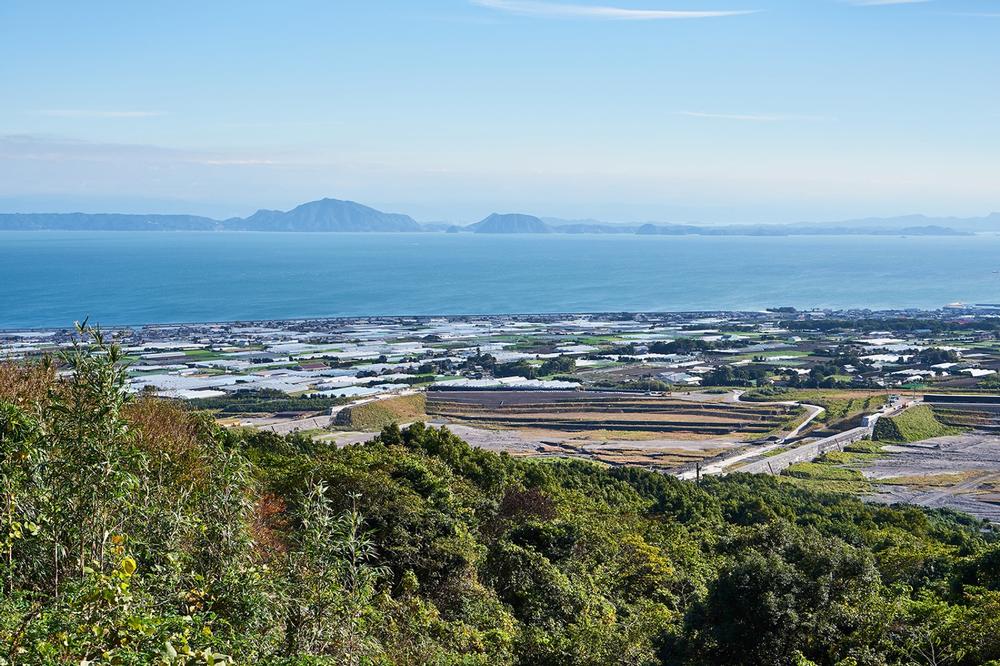
© osap1111/stock.adobe.com
Onjuku Beach is situated along the eastern coast in the southern Chiba Prefecture of Japan. The relaxing beach paradise is located near a small town on the coast, with the closest station being Onjuku Station. The beach is only around a ten-minute walk from the train station and is a popular beach with both tourists and locals alike. Onjuku Beach is approximately a two-hour train ride from the city Tokyo, serviced by both local and express lines. Visitors can rent lockers, umbrellas, chairs, and floats. A variety of drinks and food options can be found as well.
Chiba
If you are a photographer, don't miss:
9. Kujukuri Beach
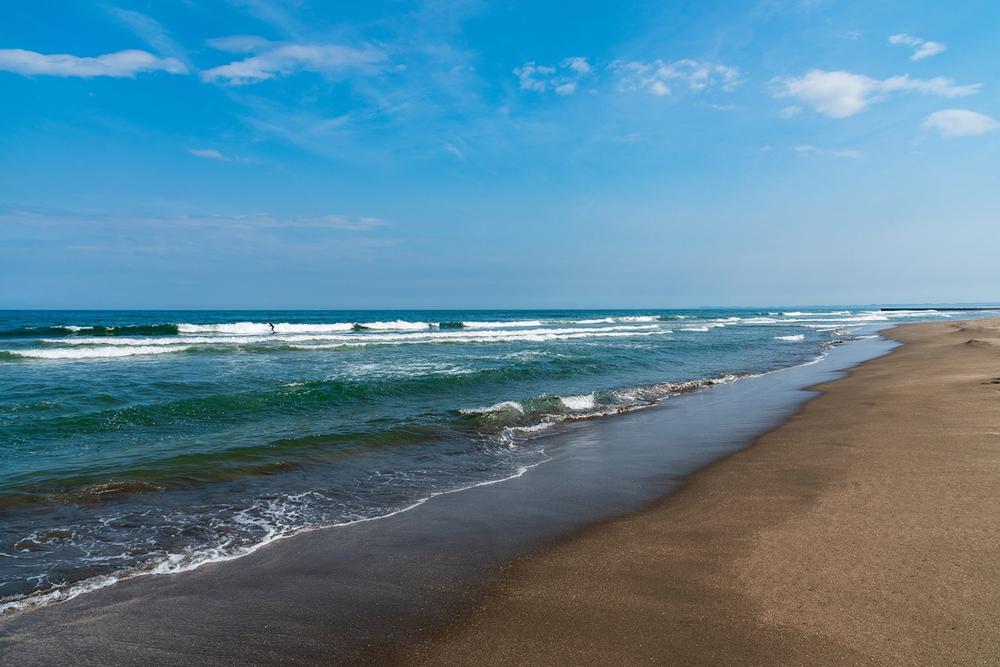
© Alvin Yoshikawa/stock.adobe.com
Kujukuri Beach spans across sixty kilometers and is a uninterrupted sandy beach in the northeastern part of the Chiba Prefectures along the Pacific Coast. It’s a rare beach in Japan as most other beaches on the coast are shaped by smaller bays. High waves crash onto Kujukuri Beach as there aren’t any reefs present in the waters, which makes the beach a favorite among Tokyo surfers year-round. The southern current of the sea warms the water for a longer portion of the year, well into November, offering a longer swimming season, and strong winds bring in many people with kites.
Chiba
10. Hirizohama

© Miroslaw Stepinski/stock.adobe.com
The paradise-like qualities of the waters at Hirizohama, or Hirizo Beach, have made this beach one of Izu’s places not miss with visitors. Tropical fish, clear blue-green ocean waters, and some of the region’s best opportunities for snorkeling offer plenty of enjoyment for a day at the beach along this great stretch of the coast of Izu. The calm, clear waters with a diverse habitat of sea life and abundant coral at Hirizohama is what sets it apart from the several other scenic beaches in the area. The waters provide great snorkeling spots without having to go to Okinawa.
Shizuoka
📔 I get asked this a lot so I decided to include it:
-
What bodies of water surround Japan?
-
Japan is a long island country with the East China Sea and the Sea of Japan on one side and the Pacific Ocean on the other.
-
Does Japan have many beaches?
-
Its length results in quite a lot of coastline that is home to numerous beaches, offering a variety of landscapes and activities.
-
How does Japan’s climate affect the swimming season?
-
The swimming season and climate significantly vary from the north to the south, meaning some areas have much longer and warmer beach seasons.
-
Where are the best beaches for swimming and sunbathing in Japan?
-
Most of the beaches that are best for swimming and sunbathing are located in southern Japan, particularly in Okinawa, but many great beaches can be found in other parts of the country as well.
🌤 Best Time to Visit Beaches in Japan
- July to September – Peak beach season with hot weather, perfect for swimming, snorkeling, and sunbathing.
- August – Busiest time with festivals, fireworks, and lively beach crowds across coastal areas.
- June & October – Shoulder months with warm temps and fewer crowds, great for relaxed beach visits.
- November to May – Off-season for most beaches, better for coastal walks and scenic views.
- Early July – A great time to enjoy warm water before the summer rush builds up.
Plan Your Trip


